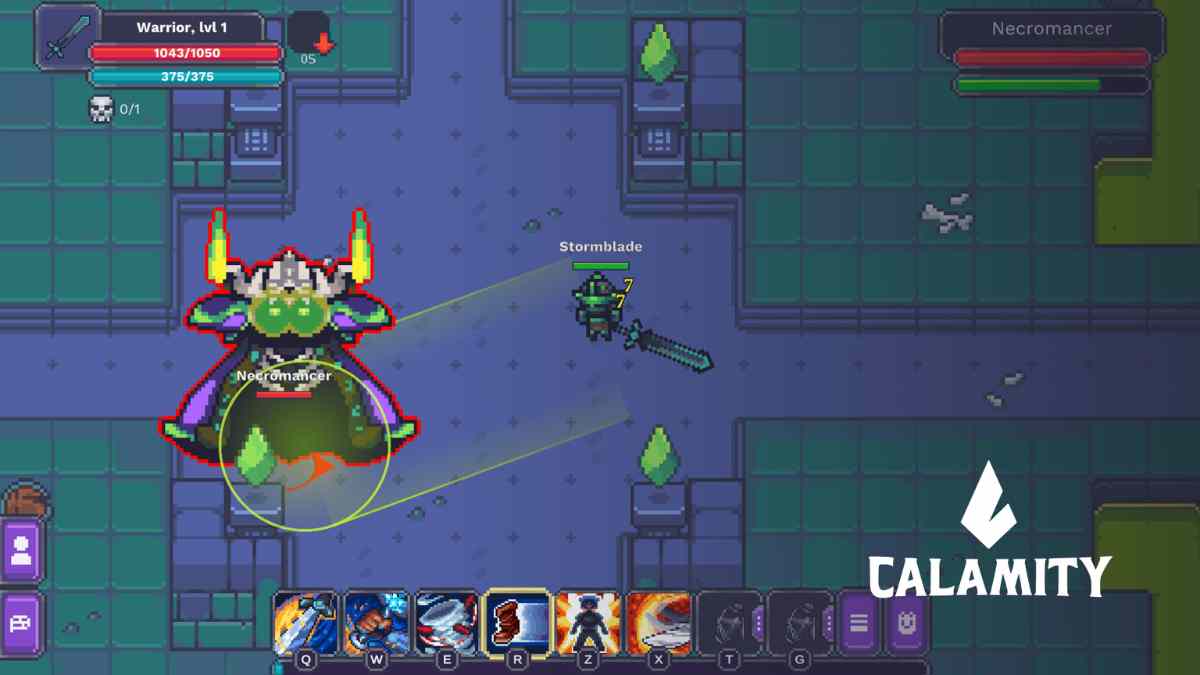Calamity is stacking its Q3 schedule with a mix of incentives, infrastructure updates, and on-chain mechanics. The roadmap points toward a more fleshed-out ecosystem, where participation feeds directly into upcoming token rewards.
This isn’t a reset. It’s a scaling phase. The game’s foundation is already in place. What’s changing now is how players connect with the economy—and what they get for sticking around.
Wyrm token takes center stage
The biggest headline is the Wyrm token generation event, set for this quarter. Wyrm will serve as the main currency inside the Calamity ecosystem. It’s not just a trading token. It ties into utility features, governance options, and future marketplace functions.
Unlike soft currencies or testnet assets, this launch will introduce actual token dynamics into the game’s loop. How it impacts balancing or progression remains to be seen, but it marks a shift toward a more active Web3 layer.
Play-to-airdrop campaign begins
To support Wyrm’s debut, Calamity is kicking off a play-to-airdrop (P2A) campaign. Players who engage with specific in-game tasks or hit milestones will qualify for token rewards ahead of the TGE.
This is becoming standard in the space, but Calamity’s approach leans on organic activity over artificial grind. Instead of spam farming, the structure seems aimed at rewarding players already invested in the game’s core mechanics. The balance will be key. Airdrops have to feel earned, not botted.
Gameplay focus stays on arena combat
Underneath the Web3 layers, Calamity is still a third-person shooter with arena-style PvE and PvP elements. Matches revolve around team-based objectives and character loadouts, with a lean toward fast-paced engagements and mobility-based play. The game isn’t trying to reinvent shooter fundamentals. It’s more about adding a persistent economic layer that exists outside the match timer. The core loop—drop in, fight, upgrade—is familiar. What’s evolving is how those fights feed into longer-term player investment.
More than tokens: ecosystem shaping up
Q3 isn’t just about minting assets. There are hints of deeper community integration and possibly early DAO structures forming behind the scenes. Calamity is positioning Wyrm not just as a currency, but as a pivot into player-driven governance.
That shift echoes what other Web3 titles like Illuvium and MetalCore are experimenting with. Whether Calamity’s community is ready for that kind of agency will depend on how clearly roles and tools are defined.
What to watch next
With the token launch approaching, the next few weeks will set the tone for how the ecosystem matures. If the P2A campaign holds engagement and the token rollout lands smoothly, Calamity could move into a more self-sustaining phase.
But if early balance issues or unclear value propositions creep in, momentum could stall. Web3 players are used to volatility. What they’re looking for now is consistency—and some sense that their time matters beyond a leaderboard.
Web3 Analyst & Play Blockchain Games Guide
CryptoKit breaks down Web3 gaming like it’s second nature. From tokenomics to airdrop strategies, she turns blockchain chaos into clear, actionable advice for players who want to win more than XP.




